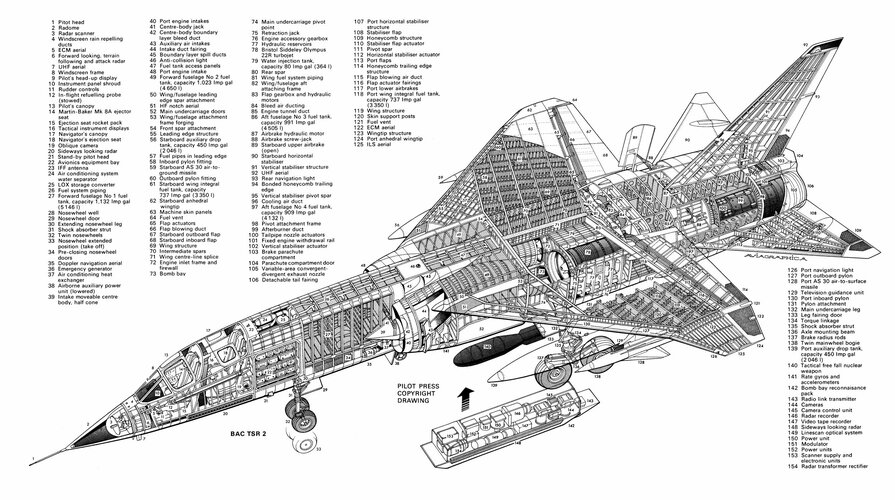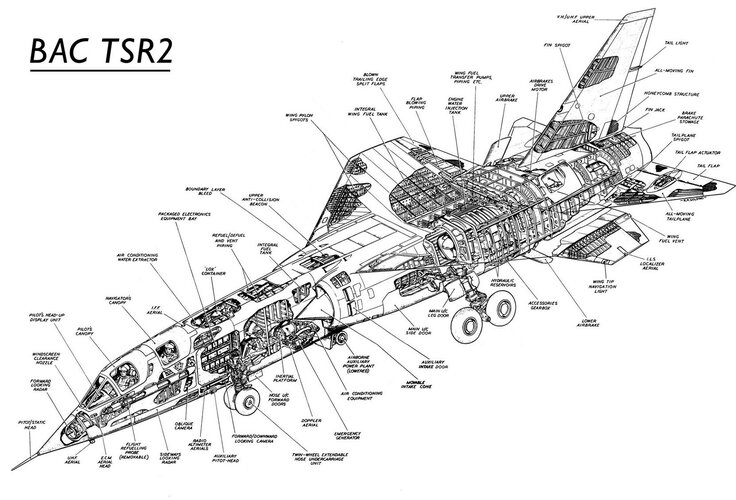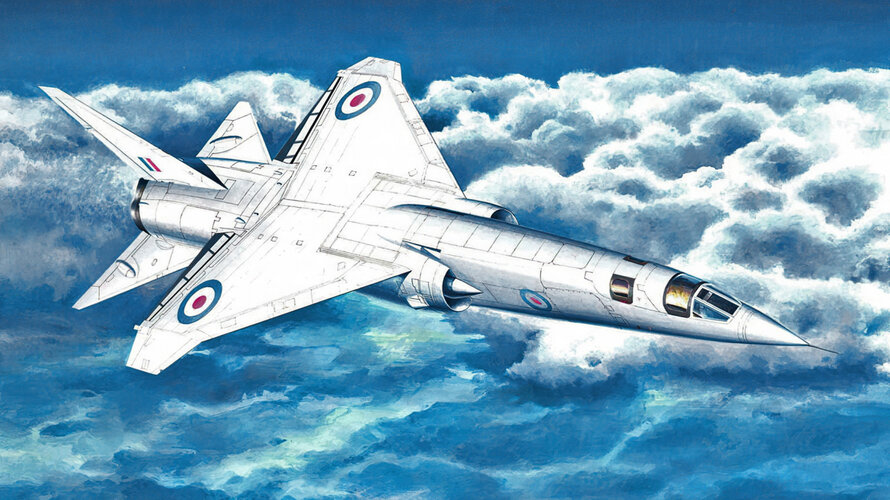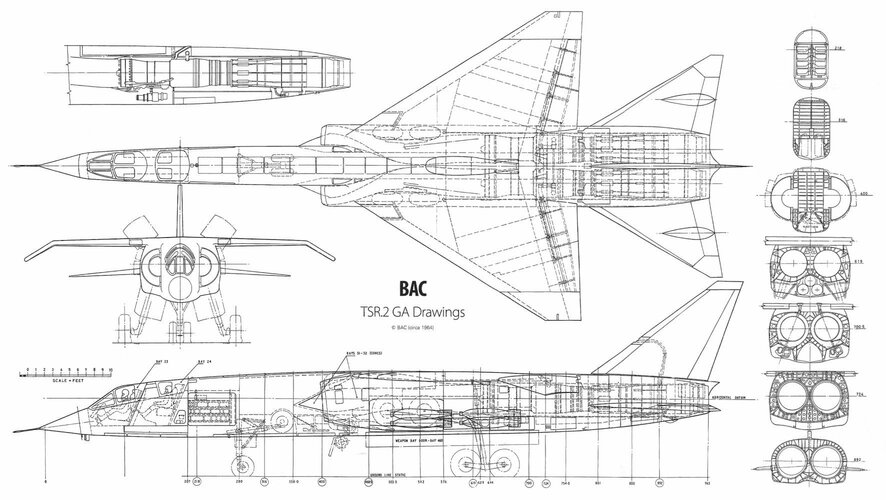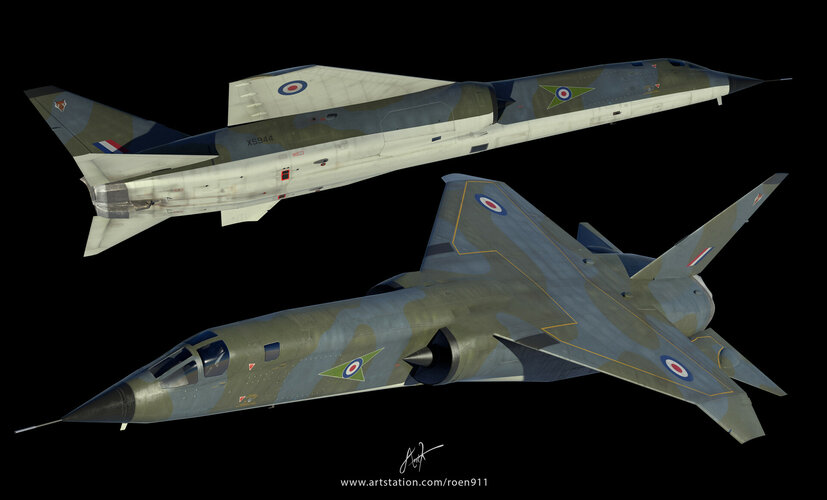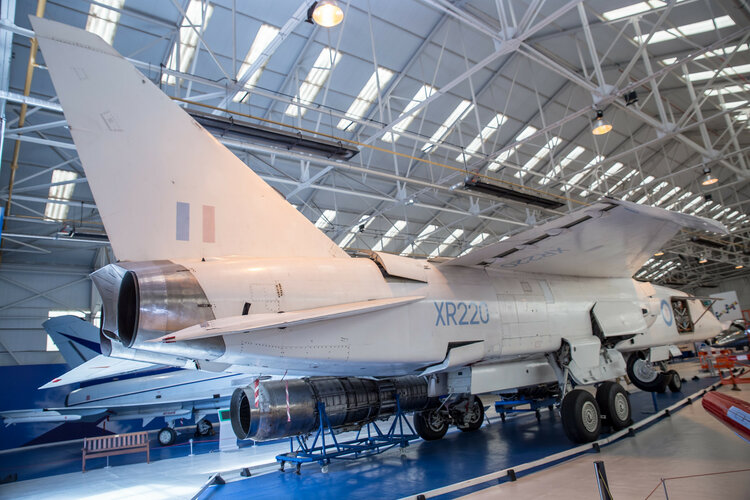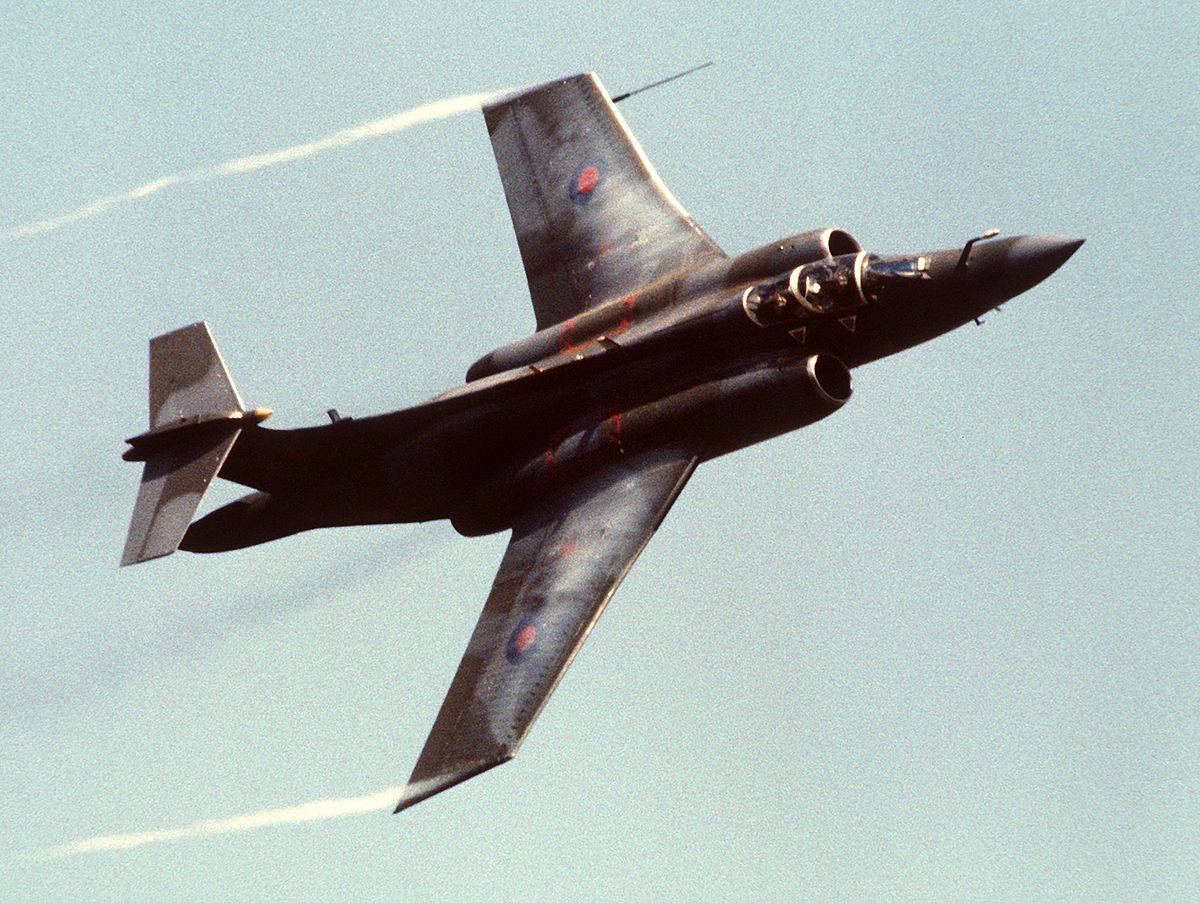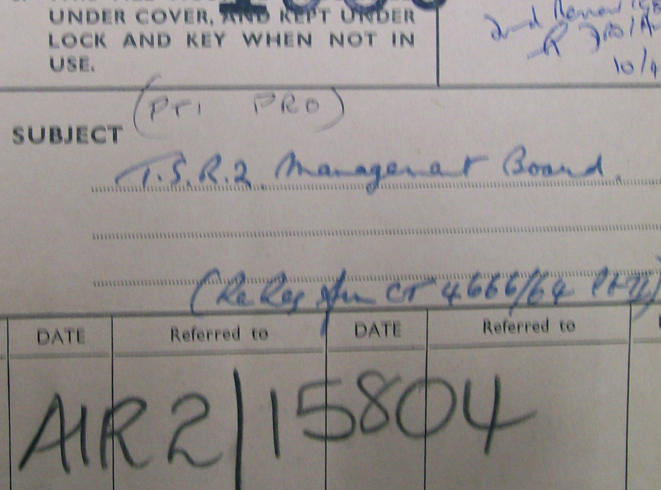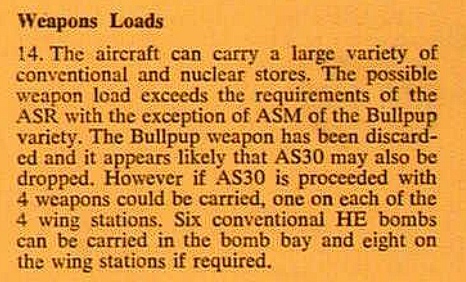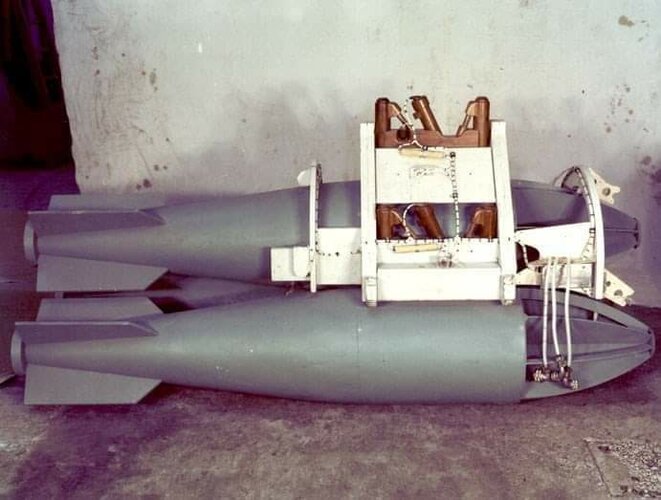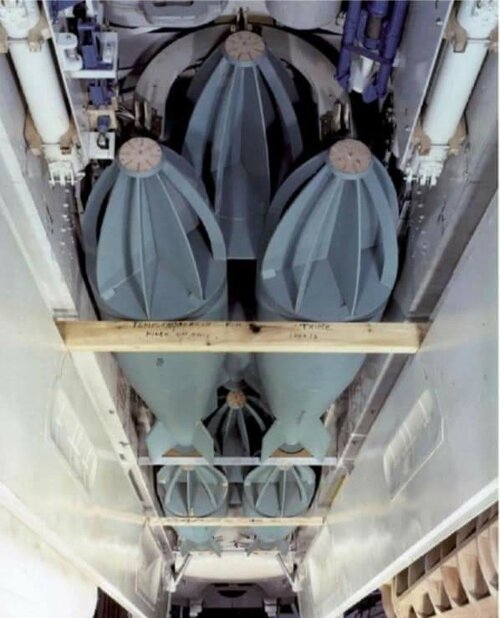Australian TSR.2 requirement
NAA A4940, C3852
Selection of a Strike/Reconnaissance Aircraft as replacement for the Canberras of the RAAF [F4C and RF4C, Mirage IVA, RA5C, TSR2, TFX (F111), bomber, fighter] [392 pages]

recordsearch.naa.gov.au
Selection of a Strike/Reconnaissance Aircraft as replacement for the Canberras of the RAAF [F4C and RF4C, Mirage IVA, RA5C, TSR2, TFX (F111), bomber, fighter - includes 'Report of the Evaluation Team on a strike/ reconnaisance aircraft for the RAAF, Department of Air, August 1963', and photographs of the final assembly of the first aircraft] [83 pages]

recordsearch.naa.gov.au

